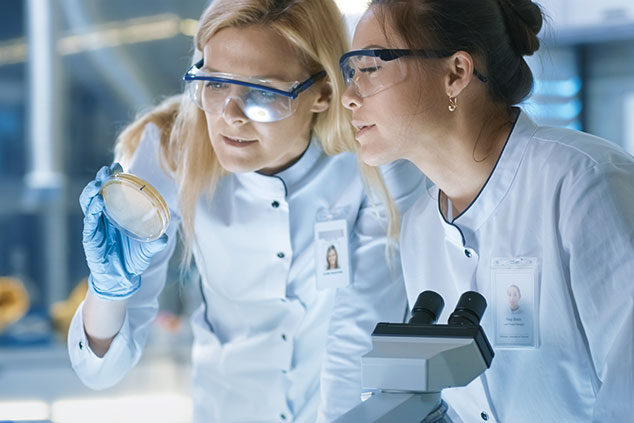
David Cicurel, the 69 year-old founder and chief executive of Judges Scientific (Aim: JDG), which designs and produces scientific instruments, must be wondering what the company has to do to win the approval of stockmarket traders. The share price has declined gently over the past few months, even though the company is clearly growing at a healthy clip.
In its half-year results published last September, Judges Scientific said it expected profit for the full year, which ended in December, to be higher than analysts had pencilled in. In November it said it expected even more profit, and last month, with the financial year concluded, it raised expectations a third time.
References to estimates of future profit are challenging to interpret because companies rarely disclose the figures they expect to meet or beat. However, I expect profit to be substantially higher than it was in 2017, which in turn marked an improvement on the year before.
We will find out exactly how much money the company made when it publishes full-year results in March, but if the shares are trading on a reasonable multiple of 2017 earnings, they will be cheaper based on the 2018 earnings we don’t yet know. At about £26, the stock is valued at 20 times 2017 earnings on a debt-adjusted basis.
A serial shopper…
Judges Scientific manufactures scientific equipment and sells it, mostly to universities around the world. Funding for education comes mainly from the public purse, and recent fluctuations in government spending in have been reflected Judges Scientific’s results.
Nevertheless, the company has remained resoundingly profitable. To assess just how profitable, we need to account for the cost of acquisitions because, first and foremost, Judges Scientific acquires other businesses. Since the early 2000’s, the group’s business model has required it to borrow money from banks, use it to buy small but highly profitable manufacturers of scientific equipment in the private market, and run them, sucking the profit into the parent so it can pay off debt and redistribute cash to subsidiaries that need to invest it. Once the firm can afford to borrow more money, it buys another firm. It has acquired 16 so far.
It is not unique in operating this “buy and build” model; Halma, for instance, a larger and more illustrious rival, also grows through takeovers. However, each firm tends to operate in a particular niche. Judges Scientific is not particularly choosy about the branches of science it supplies, but its targets must be capable of sustaining already high levels of profitability, which are underpinned by the fact that they have few rivals. Judges also favours businesses located in the south, principally Sussex and Hampshire, which makes it easier for the small head office team to visit them.
… and a reliable borrower
The model is profitable largely because of the company’s reputation for paying back the money it has borrowed and for completing deals once it has agreed to them. Good relations with its bank means Judges Scientific can borrow money cheaply compared with the profit it earns from the acquisitions. That profit creates the surplus used to pay off debt and buy the next company.
The owners of small businesses and their agents come to Judges Scientific when they want to sell up, resulting in uncontested and attractively priced deals. When Judges tries to buy bigger companies outside this niche, it comes up against private-equity buyers and other listed firms, so both prices and the deal failure rate are higher.
Since Judges Scientific’s strategy depends on buying businesses we must incorporate the cost of the acquisitions in our calculation of profitability by comparing profit to total invested capital (at cost), or Return on Total Invested Capital (ROTIC). After tax, ROTIC has held up well: it only dipped below 10% in 2016.
The sources of growth
Monitoring the performance of individual companies operated by a mini-conglomerate like Judges Scientific is difficult because the annual report focuses on the performance of the group. Subsidiaries file accounts with Companies House, though, and they can yield valuable information.
One of Judges Scientific’s biggest acquisitions, Armfield, barely made a profit in 2016, the group’s worst year in terms of ROTIC. Another, Scientifica, lost money. In 2017, though, when the group’s profitability improved, Armfield had returned to profit, and Scientifica had reduced its losses. Although the two subsidiaries have yet to file their accounts for 2018, their continued recoveries may be behind the group’s improving performance. If Scientifica reveals a third sequential loss, we might question whether the subsidiary, which makes equipment for neuroscientists, is capable of sustained profitability.
Despite his age, David Cicurel remains the company’s dealmaker, which raises some rather awkward questions. Shareholders, of course, can reassure themselves that management is still up to the job at the annual general meeting.
The chief executive impresses me, but should he retire Judges Scientific has a stable board and maintains a list of potential successors. Cicurel says the subsidiaries pretty much run themselves, bound by the financial controls imposed by the group under its experienced finance director, Brad Ormsby. Mark Lavelle, Judges Scientific’s chief operating officer, previously worked for Halma.